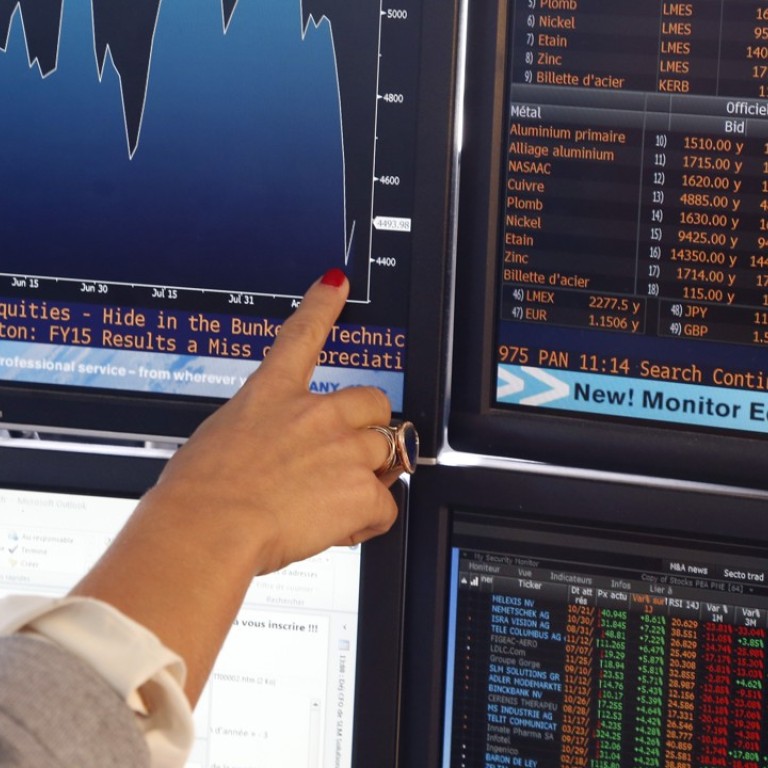
Doing next to nothing: an investment strategy that works
Over the long term, strategic, low-turnover investing is a strategy that reaps rewards, writes Richard Harris
Investment managers are supposed to slave constantly over a hot screen, not breaking for breakfast, lunch or dinner – because the markets never sleep.
One or two can do that – and a much smaller proportion are good at it; but eventually they need to sleep. The best investors take a long-term dispassionate view, standing away from the fray, the noise and bustle of news, views and interviews and pick their stocks from a distance; loosely and unemotionally.
None of us are like that of course. We all think and tinker and play with our investments. Usually we stand off until it’s too late, then panic and sell at exactly the low, or buy at exactly the high. It is human nature and why my behavioural finance talks are now so fashionable.
One process that works was forced on me. Twenty years ago, when I was a young man, I collected a soupcon in lieu of a pension and for the first six years it was managed within a pension fund. Then it closed and I was forced to reinvest it myself.
Doing next to nothing meant that the investments had to be pretty bulletproof to survive moves in the cycle
I found a bank to do the safe-keeping for me. It was on the cusp of the digital age with an embryonic online system which has developed into an excellent package, combining research, quotes, trading, and portfolio records. I pay a handsome but not excessive nor unexpected fee for this privilege.
Like most fund managers, I realised at the beginning that I did not have the time to look after my own money – so I would have to trade as little as possible. That would also save reporting to my banking compliance every time I wanted to buy or sell. However, doing next to nothing meant that the investments had to be pretty bulletproof to survive moves in the cycle.
Over the last ten full years, my management of this tiny-maintenance portfolio has returned 9.7 per cent net to me. I have had three negative performance years in percentage terms, one of them double digit (2008). I have also enjoyed five positive double-digit years, three of them over 25 per cent. I also hold 30 per cent cash in the portfolio.

Of course, sometimes it is better not just to buy and hold. There are some businesses which die of old age; canals, barrel-making and cassette tapes come to mind. I’ve cleaned out some dead wood – a couple of dot coms that had lost 90 per cent of their value (after all I did start to invest in 1999) that even today are more than 50 per cent below their bubble highs. I’ve also sold a stock at the lowest price known to mankind just before a rally.
Over the last 15 years or so, new companies and technologies have burst onto the scene so I have added exposure to Apple, Alphabet (Google) and Microsoft. I do not buy expensive initial public offerings but look to pick up when the light has dimmed (usually at a price where I feel I have been robbed!). I missed Tencent but my best single performer (as a loyal former Jardine’s Johnny) is still Jardine Matheson.
I have observed, through three major crises, that when ALL of the stocks in my portfolio are winning, with market price higher than cost, it is a predictor of a fall. Today all but two of my holdings are in the green. Against my strategy, I hope to raise cash before the next crash takes a 30 per cent bite out of the portfolio. As I reach pensionable (if not retirement) age, that cash might be useful.
I could not run money like this for a demanding client who insists that you display action for your fees. They couldn’t stomach the volatility. But it shows that over the long term, strategic, low-turnover investing is a strategy that works.
The words of my older, wiser boss still ring in my ears: “pride cometh before a fall!” He also observed that the best way to make money in investment…was for the market to go up.
Richard Harris is a veteran investment manager, banker, writer and broadcaster – and financial expert witness. www.portshelter.com

